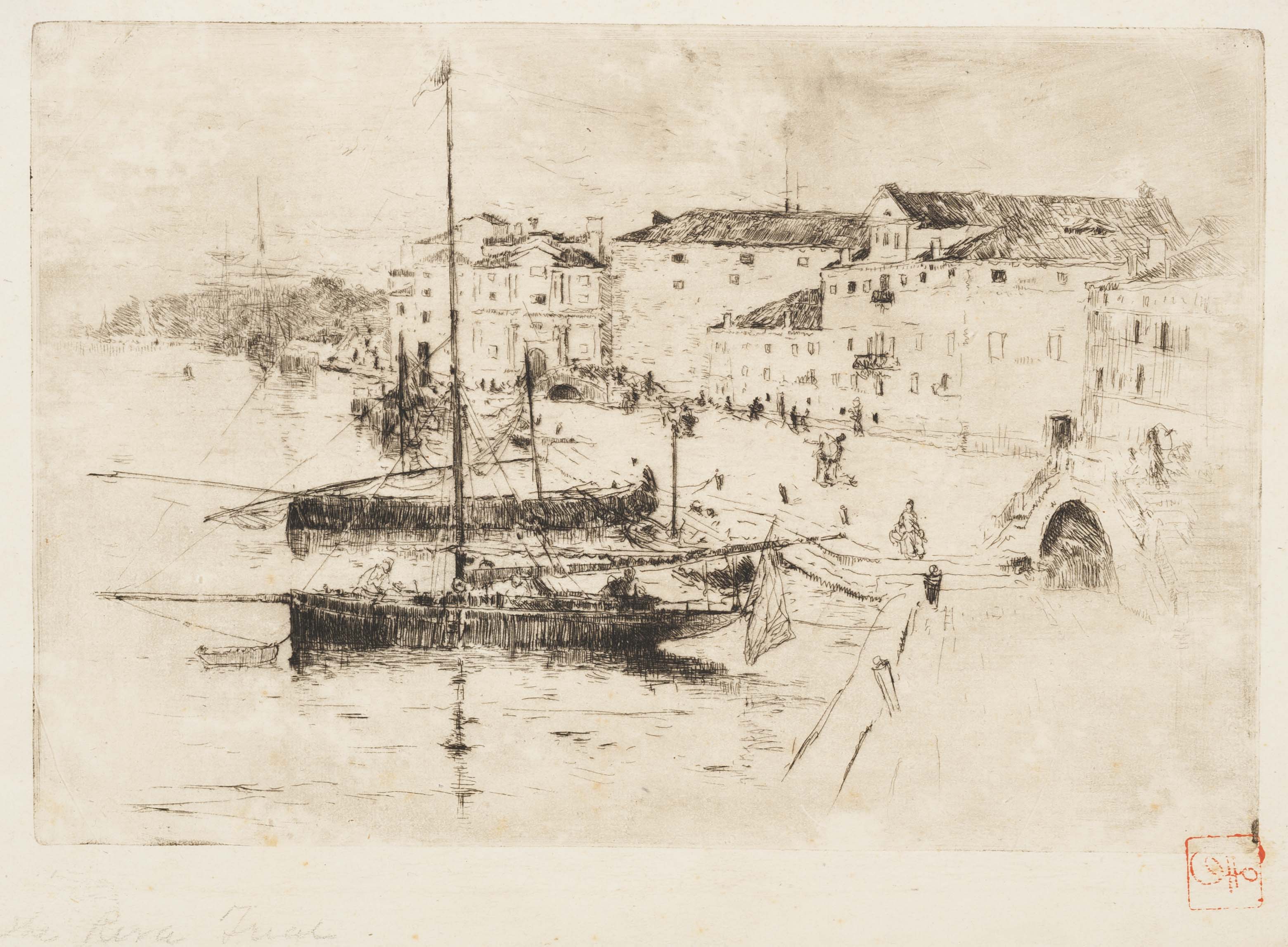- Events & Programs Home
- Calendar
- Accessibility
- Adults
-
Families & Teens
- Families & Teens Home
- 10x10 Teen Art Expo
- Art on the Rise
- Art Together: Art Making for Families with Children Ages 3–5
- Babies Sing with May Festival Minis
- Boy Scouts / Girl Scouts
- CAM Kids Day
- Family Storytime and Gallery Walk
- Family Studio: Art Making for Families with Children Ages 6–12
- Games in the Galleries
- Members-Only Baby Tours
- Public Baby Tours
- REC Reads
- Rosenthal Education Center (REC)
- Saturday Morning Art Class
- See Play Learn Kits
- Summer Camp
- Teen Fest: Zine and Comic Exchange
- RECreate
- Teachers
- Community Outreach
- Fundraisers
- Plan Your Own Event

- Events & Programs Home
- Calendar
- Accessibility
- Adults
-
Families & Teens
- Families & Teens Home
- 10x10 Teen Art Expo
- Art on the Rise
- Art Together: Art Making for Families with Children Ages 3–5
- Babies Sing with May Festival Minis
- Boy Scouts / Girl Scouts
- CAM Kids Day
- Family Storytime and Gallery Walk
- Family Studio: Art Making for Families with Children Ages 6–12
- Games in the Galleries
- Members-Only Baby Tours
- Public Baby Tours
- REC Reads
- Rosenthal Education Center (REC)
- Saturday Morning Art Class
- See Play Learn Kits
- Summer Camp
- Teen Fest: Zine and Comic Exchange
- RECreate
- Teachers
- Community Outreach
- Fundraisers
- Plan Your Own Event
The Grand Experiment in Italy
The Grand Experiment in Italy
- Home
- Plan Your Visit
- Art
-
Events & Programs
- Events & Programs Home
- Calendar
- Accessibility
- Adults
-
Families & Teens
- Families & Teens Home
- 10x10 Teen Art Expo
- Art on the Rise
- Art Together: Art Making for Families with Children Ages 3–5
- Babies Sing with May Festival Minis
- Boy Scouts / Girl Scouts
- CAM Kids Day
- Family Storytime and Gallery Walk
- Family Studio: Art Making for Families with Children Ages 6–12
- Games in the Galleries
- Members-Only Baby Tours
- Public Baby Tours
- REC Reads
- Rosenthal Education Center (REC)
- Saturday Morning Art Class
- See Play Learn Kits
- Summer Camp
- Teen Fest: Zine and Comic Exchange
- RECreate
- Teachers
- Community Outreach
- Fundraisers
- Plan Your Own Event
- Give & Join
- About
- Tickets
- Calendar
- Exhibitions
- Collections
- Blog
- Shop

Frank Duveneck (1848–1919) United States, The Riva, 1880 etching (trial proof), Gift of Allen W. Bernard 14/15.25:7
The Grand Experiment in Italy: Etchings by Duveneck and His Students
December 5, 2020–April 4, 2021
Artists in the mid-nineteenth century took up etching as an original creative medium. They promoted its freedom of expression as akin to drawing, distinct from reproductive printmaking. The “etching revival.” an international movement, heir to the spirit of Rembrandt, began in England and France as a medium equivalent in prestige to painting. By the late 1870s enthusiasm for original etching reached America and was the focus of experiments by Duveneck and his students in Italy where they wintered in Florence and summered in Venice during 1880 and 1881.
Since the eighteen-century, Venice served as a source of inspiration for artists seeking to capture its watery vistas, historic architecture and exotic inhabitants. Duveneck early etchings and those of his students coincide with their interaction with the American expatriate James Abbott McNeill Whistler. Already an internationally recognized printmaker, Whistler seeking to recoup his reputation and fortune, accepted a commission from the Fine Arts Society to produce twelve etchings of Venice. He arrived in September 1879 and Duveneck and his students (the “Duveneck Boys”) arrived late spring 1880. Otto Henry Bacher, one of the Boys and an experienced etcher, brought his homemade press and supplies. He provided technical assistance and shared his press for all who enthusiastically experimented with etching. The heady interaction of the artists can be observed in their early work thanks to the generous gifts of Duveneck. Exhibited here for the first time is trial proof of The Riva, a previously unrecorded early etching by Duveneck.
Cincinnati, OH 45202
Toll Free: 1 (877) 472-4226
Museum Hours
Museum Shop
Terrace Café
Library
Cincinnati Art Museum is supported by the tens of thousands of people who give generously to the annual ArtsWave Campaign, the region's primary source for arts funding.

Free general admission to the Cincinnati Art Museum is made possible by a gift from the Rosenthal Family Foundation. Exhibition pricing may vary. Parking at the Cincinnati Art Museum is free.
Generous support for our extended Thursday hours is provided by Art Bridges Foundation’s Access for All program.

General operating support provided by:



